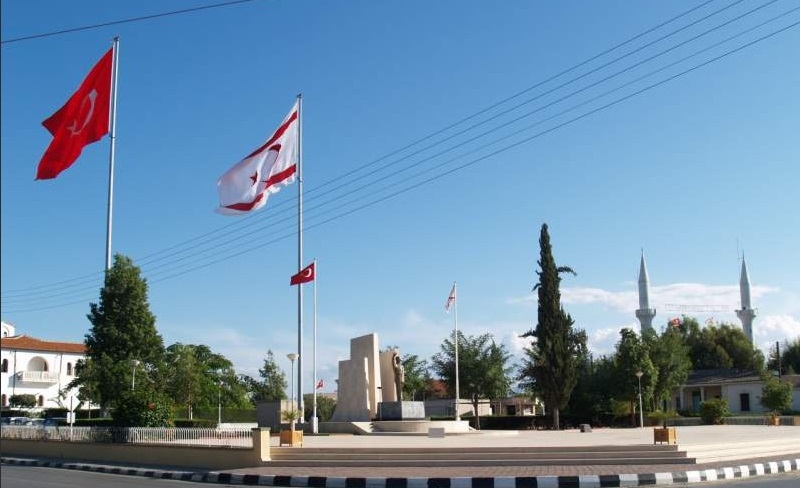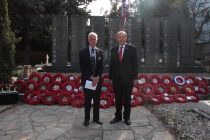The future of the UN Cyprus Peace Talks has been threatened by renewed Greek Cypriot demands for the return of Güzelyurt/Morphou, now part of the Turkish Republic of Northern Cyprus.
Speaking on Sunday 14 August, Averof Neophytou, leader of DISY, currently the ruling party in the Greek Republic of Cyprus (RoC), said it would reject any UN settlement which did not include the return of Güzelyurt to the south, and that President Anastasiades agreed.
The Greek Cypriot party-leader’s remarks came after TRNC Prime Minister Özgürgün’s July 7th statement that, “Güzelyurt could never be given up. Our investments in Güzelyurt will continue. Güzelyurt is, and will continue to be TRNC territory.” He added there was no question of Güzelyurt becoming an “area of special status” and tweeted:
“The President of the Greek Cypriot Administration Anastasiades said that there could never be a solution without giving back Güzelyurt. This is a reply to those calling 2016 the year of the solution. My reply is: Güzelyurt can never be returned”.
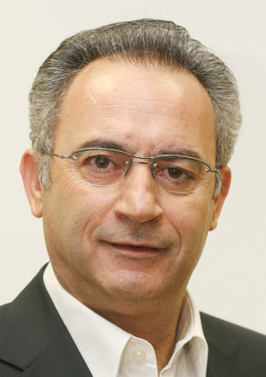
Neophytou’s views are commonly held in the RoC. In March, Deputy Spokesman Papadopoulos said that the return of Morphou was “a prerequisite” of any Cyprus settlement, and that announcing development projects inside Morphou would render any Talks solution impossible, a position echoed by President Anastasiades.
President Akıncı dismissed Anastasiades’ comments as “untimely”, and added that territorial negotiations were not going to be carried out through the media.
Irrespective of the talks, life moves on in North Cyprus. On August 18, TRNC Health Minister Sucuoğlu announced that the plans for a brand new multi-million Euro, 3-storey hospital with a full range of modern departments would be completed in Güzelyurt by the end of November 2016. The foundations are expected to be laid and construction started in December.
The island has been divided since a coup in December 1963, when Greek Cypriots seized power and brutalised Turkish Cypriots for 11 years, intending to force them to forego their rights as political equals and partners in the RoC. After the 1974 War, Cyprus was split into two ethnic zones: a Turkish north and Greek south. Yet Greek Cypriots claim the right to control the entire territory, even though certain areas have acquired a totemic status.
Güzelyurt/Morphou, the TRNC’s fruit-producing centre sited just over the Green Line at its western end, is one of these.
6,500 Greek Cypriots used to live in Güzelyurt/Morphou vs 30,000 Turkish Cypriots who live there now
The town and surrounding villages featured in the UN’s Annan Plan as an area which would revert to Greek Cypriot control under a future federation, along with Maraş/Varosha near Famagusta. There, Greek Cypriot refugees would get back all the land and property they had lost during 1974.
Elsewhere, refugees would receive restitution of part of their land, but the bulk would be compensated for their losses.

The solution to the still-vexed problem of property-restitution was brokered between Cyprus’ two leaders, Tassos Papadopoulos and Mehmet Ali Talat, by then UN Secretary General Kofi Annan. Had the Plan been approved in a simultaneous referendum held in April 2004, it would have resulted in huge upheaval for Turkish Cypriots, many of them refugees from the 1963-1974 conflict. Surprisingly it was accepted by 65% of TRNC voters, yet rejected overwhelmingly by Greek Cypriots.
Nevertheless, the return of Güzelyurt/Morphou to Greek Cypriot control has become a recurrent refrain during the UN Cyprus Peace Talks.
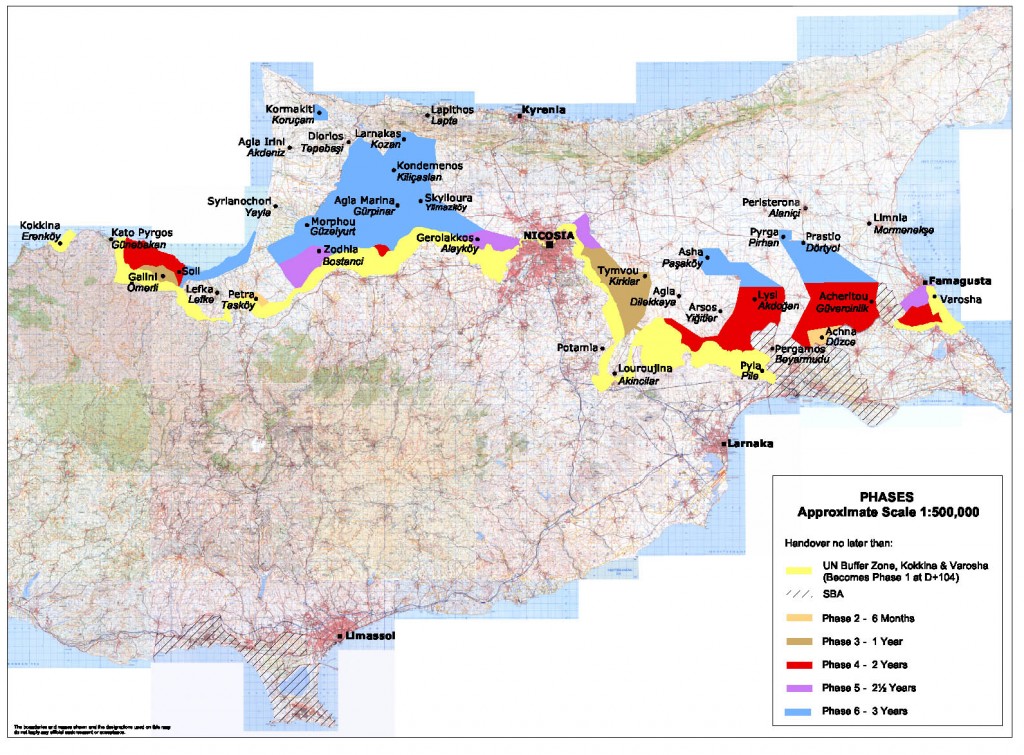
Doubtless, Mr Annan was aware of the special significance claimed for Güzelyurt by Greek Cypriots. The 1960 census for the town showed 6,480 Greek Cypriots living there, along with 123 Turkish Cypriots, and 43 Maronites. Many of the surrounding villages were also predominantly Greek Cypriot.
After the week-long ‘Bloody Christmas’ atrocities in December 1963, most of the town’s Turkish Cypriots fled. Following Turkey’s armed intervention in July 1974, it was the turn of the Greek Cypriots to flee south. Many settled in Paphos, while Güzelyurt became a haven for Turkish Cypriots refugees fleeing north.
While most Turkish Cypriots have no desire to return to their former homes, the same cannot be said for their neighbours. October 6th this year will see the 36th annual pilgrimage by Greek Cypriots from Paphos back to Güzelyurt/Morphou, to symbolise their determination to return for good. They even have an elected mayor-in-waiting, Charalambos Pittas.
In July, RoC President Anastasiades assured him in person that “the Cyprus problem cannot be solved without the return of Morphou.”
“Turkish Cypriots have made Güzelyurt their home out of absolute necessity for the last 42 years”
The pledge brought a forthright reaction on July 7th from the real Mayor of Güzelyurt, Mahmut Özçınar. He told Yeni Düzen that Güzelyurt’s current citizens arrived after the 1974 War, leaving their property in the south, and were given land of similar value: “They rebuilt their lives here.”
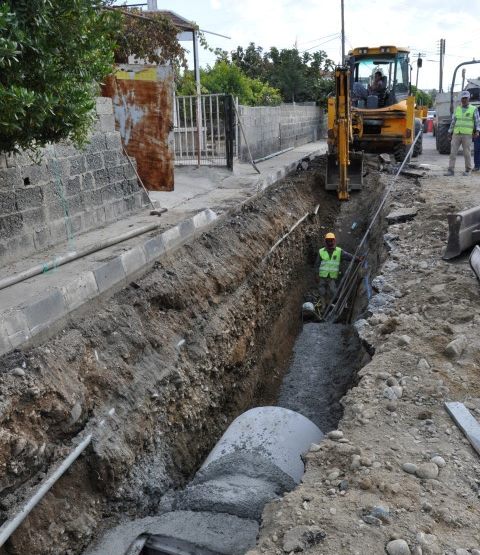
According to the TRNC’s 2011 Census, 10.5 percent of the north’s population – some 30,000 people – now live in Güzelyurt district. For Özçınar, the large number of Turkish Cypriots who have laid down roots in the area these past 42 years means that, “From a humanitarian point of view, this Greek Cypriot wish cannot be granted.”
Earlier this year, UN Special Envoy Espen Barth Eide assured reporters after a March 10th meeting with President Akıncı that the issue of Güzelyurt was “not yet on the table,” adding, “It is an established fact that territorial land issues will be discussed in the last days of the Talks.” Yet it has not quelled the concerns felt by both sides.
Mr Ergün Olgun, who was the TRNC’s Chief Negotiator during the preparation of the 2004 Annan Plan, makes the following observations for T-VINE:
“The ‘Territorial Adjustment’ and ‘Security and Guarantees’ chapters have not been opened for discussion and there is an agreement that they will both be the last chapters to be discussed depending on progress on the other four chapters.
“Yet, the Greek Cypriot side is putting forth preconditions before the discussion of these chapters stating that they will not accept any agreement that does not include the return of Güzelyurt and the abolition of the 1960 guarantee system.
ECHR’s 2010 Demopoulos Ruling: ‘cannot impose forcible eviction and re-housing of potentially large numbers of people’
“It has to be borne in mind that it was the 1960 guarantee system that stopped the union of the island with Greece and that the Greek Cypriots have not given up their dream of dominating Cyprus. Therefore the 1960 guarantee system is the proven insurance policy of the Turkish Cypriot people, which they cannot give up.
“In addition, large numbers of Turkish Cypriots have made Güzelyurt their home out of absolute necessity for the last 42 years because of a war started by Greece and their Greek Cypriot partners. They cannot now be punished for a suffering imposed on them by others.
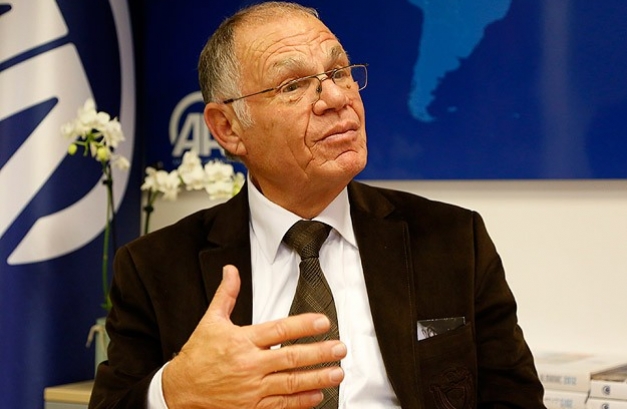
“Regarding the human rights implications of territorial and property adjustments, the March 2010 [Demopoulos] ruling of the European Court of Human Rights states that: ‘It cannot be within the Court’s task in interpreting and applying the Convention to impose an unconditional obligation to embark on the forcible eviction and rehousing of potentially large numbers of men, women and children even with the aim of vindicating the rights of victims of violations of the Convention’ (para 116).
“There can be no doubt that the preconditions that the Greek Cypriot side is now demanding are putting the future of the critical Cyprus negotiations at risk.”
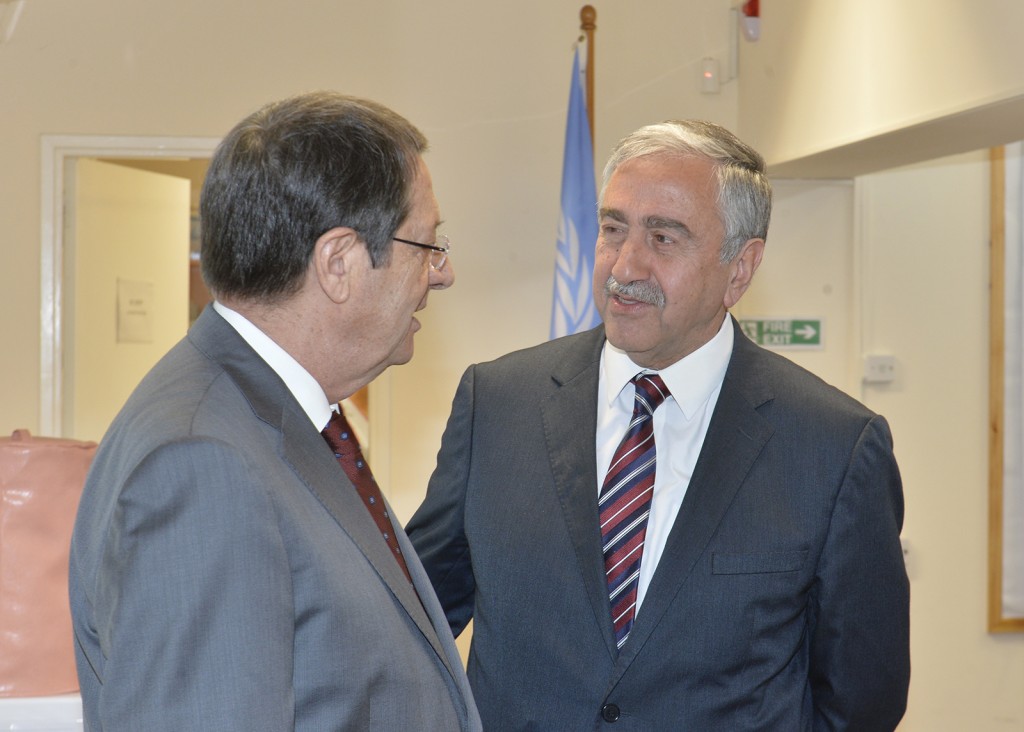
Mr Olgun made the following plea in an article published in the South Cyprus daily Cyprus Mail on August 13:
“If we are serious about “escaping” from the hold of the unacceptable status quo and embracing the establishment of a new cooperative relationship between the two politically equal communities of the Island, as outlined in the 11 April 2014 Joint Declaration, then we need to rise above the narratives and obsessions of the past, look ahead in the dawning of today’s needs and realities and behave in a way that is compatible with this new vision.”


